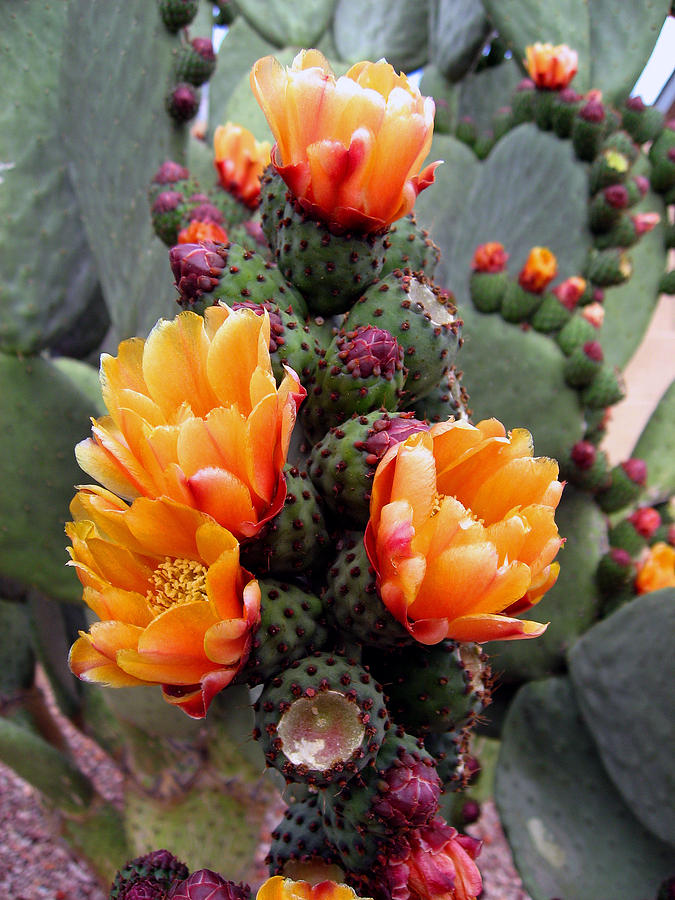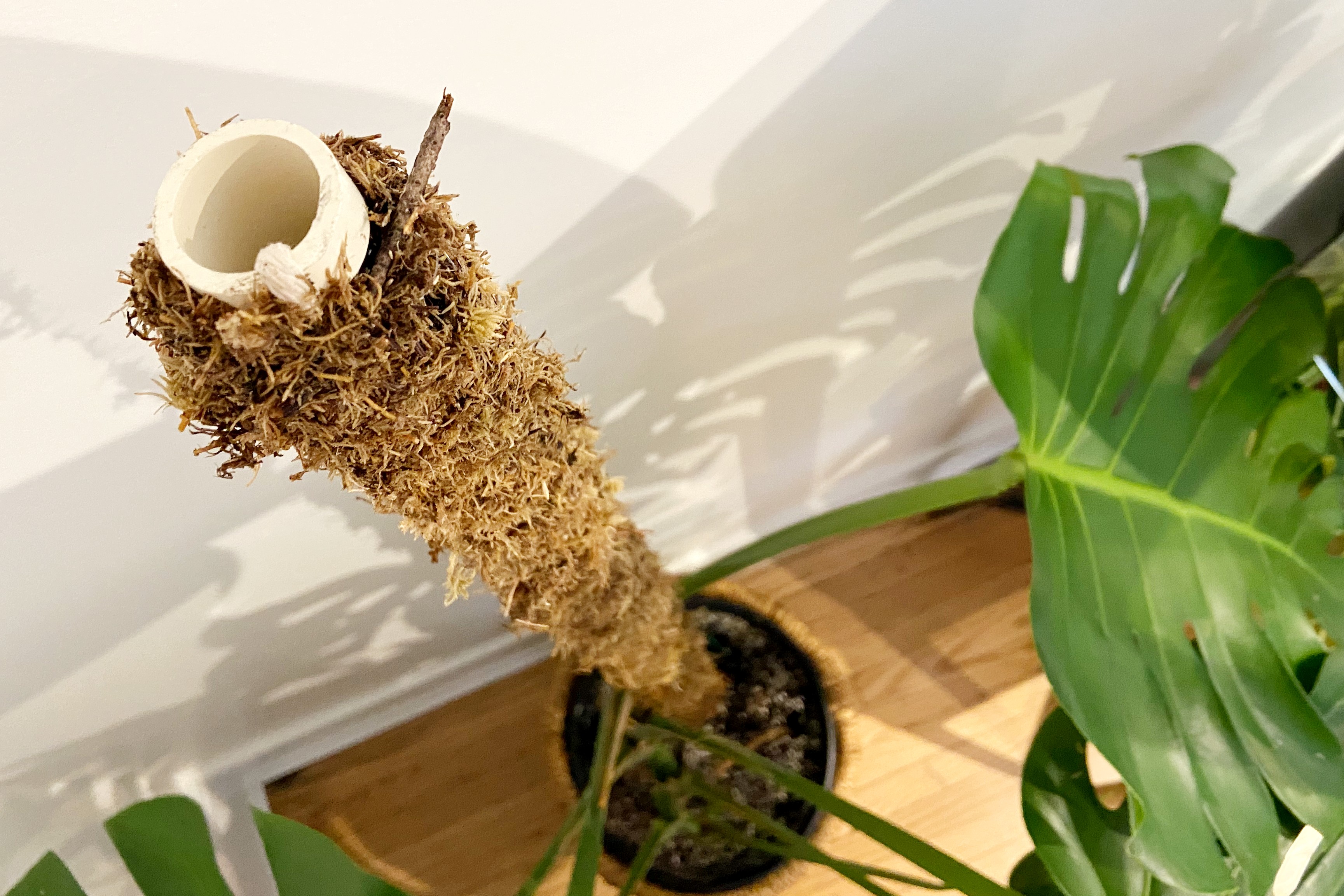Blooming Cactus: Simple Steps to Help Your Plant Thrive and Flower

If you’ve ever stared at your cactus, silently pleading with it to bloom, you’re not alone—I spent my first three years as a hobby grower convinced I was doing something wrong. Spoiler: It wasn’t me or the cactus; I just didn’t know the secret handshake to get those stubborn beauties to flower. Over two decades since my first spiny roommate, here are the real-world, hard-won insights most care guides gloss over.

The Reality Nobody Tells You: Cactus Blooming Is Half Science, Half Psychology
Let’s be blunt—the internet loves paint-by-numbers advice (“just give it sunlight and wait!”). But in practice? Getting a cactus to bloom is more like convincing a grumpy cat to come out from under the bed. They’re picky, contrary, and they’ll test your patience. And they all have their own quirks.
The breakthrough for me came in 2012 after killing (read: drowning) a Gymnocalycium mihanovichii and nearly giving up. A seasoned Arizona grower at a flea market gave me this gem instead of sympathy: “Cacti need to believe winter is coming for them to even think about blooming.”
What does that mean practically? Let’s break it down.
Sunlight: More Is Not Always Better
Most people stick their cactus in a bright window and call it done—but here’s my insider routine: In spring and summer, I actually move my cacti outdoors for short stints (an hour or two in early morning sun), then gradually extend it by 30 minutes every week. The difference is night and day—literally! My Mammillaria didn’t bloom indoors for five years but popped eight flowers within three months of its first mini-vacation outside.
Insider tip:
If moving outdoors isn’t an option, invest in a full-spectrum bulb like the Sansi 15W LED—you can pick one up for about $25. Set a smart plug timer so the light kicks on before sunrise. This mimics desert dawns and wakes up even notoriously stubborn species.

Soil & Water: Forget What Mom Told You
Most people think “well-draining soil” means buying any old cactus mix. Here’s what took me way too long (three root-rot disasters) to figure out—it almost never drains fast enough straight from the bag. I make my own blend:
Recipe:
- 1 part commercial cactus mix
- 1 part coarse sand (not play sand—go for builder’s or horticultural)
- 1 part pumice (better than perlite; doesn’t float or crush)
Mix until your hands get that gritty squeak between your fingers—that’s how you know it’s airy enough.
Watering? Sure, only when bone dry—but here’s my trick: I use disposable chopsticks stuck deep into the pot; if they come out cold and damp when pressed against your cheek, skip watering another week. Forget fancy meters—your face knows best!
Winter Dormancy: The Real Trigger Most Miss
This is where indoor growers fall short—they keep temps cozy year-round because “plants like warmth,” right? Not so fast. Back in 2015, I lost an entire tray of Echinopsis simply because I got lazy with temperature swings—they bloomed once then never again until I changed things.
I now commit every November 1st—right after Halloween decorations are packed away—to moving all flowering-age cacti into my unheated mudroom (which hovers around 52°F/11°C). Zero fertilizer, water only when shrinkage appears obvious (wrinkled skin means parched roots). This cold nap lasts until mid-March…or whenever daytime highs consistently hit above 60°F/16°C outside.

Result? Every mature specimen rewards me with buds in April. No exceptions since adopting this system.
Cost breakdown:
Maintaining that chilly room costs nothing extra compared to running heaters endlessly elsewhere—and pays off every spring with reliable blooms.
Fertilizer: Don’t Get Fooled by “Cactus Food”
Here’s something fertilizer companies won’t say on their glossy bottles: high-nitrogen blends push new growth but sabotage flowers.
After testing six formulas side-by-side over consecutive springs (yes, really—I’m that nerdy), the only winner was Schultz Bloom Plus (10-54-10), used at HALF strength once monthly from March through August. Every other brand either caused soft growth susceptible to rot or produced exactly zero flowers.
Fertilize late September through February? Nope—skip entirely during dormancy no matter what labels imply.

Species-Specific Patience
Some cacti just need time—and often much more than nursery tags admit. My oldest Astrophytum ornatum took eight slow years before its first yellow flower appeared—and now flowers reliably every June as long as winter rest is enforced and watering stays sparse.
But don’t beat yourself up if nothing happens overnight:
- Echinopsis spp.: Fast learners—often flower after just two years with proper winters.
- Mammillaria spp.: Medium pace—as little as three years from seed.
- Ferocactus spp.: Marathoners—five-plus years minimum unless bought mature!
Documenting each attempt (with dates!) on sticky notes stuck right on the pots showed me patterns over seasons—highly recommended for anyone serious about results over guesswork.
When Things Go Sideways…And How To Fix Them Fast
Don’t panic over dropped buds—or closed flowers at noon! Some species open exclusively at night or after rainstorms (My Epiphyllum opens at exactly 8pm and locks up tight by sunrise).
If buds shrivel or fall off:
- First suspect = drafty windowsills or heater vents.
- Next = sudden temperature spikes.
- Last = root rot from sneaky soggy soil underneath hard crusts—try lifting plants gently for a sniff test; musty means trouble ahead!
For pests like mealybugs hiding behind flower stalks, I rely on old-school method—a Q-tip dipped in rubbing alcohol EVERY WEEK during bloom season—not once-and-done spray jobs that don’t catch eggs hiding under spines.
Celebrate Your Wins (& Learn From Mishaps)
Those fleeting days of color aren’t just nature showing off—they’re proof you decoded your plant’s unique needs against all odds! If you get even one bloom after applying these methods—even if it fizzles by mid-morning—you’ve already triumphed where most don’t dare try twice.
My last piece of advice comes from watching dozens of new growers burn out chasing instant gratification: treat each failed attempt as data collection rather than defeat. Take photos regularly; jot down what worked THIS season versus last—it turns trial-and-error into mastery surprisingly fast!
So whether you’re coaxing out your first Rebutia fireworks or trying again with a recalcitrant Ferocactus…always remember: blooming isn’t magic—it’s knowing which levers to pull when nobody else is looking.
Questions? Share your struggles—I’ve probably botched that exact scenario myself somewhere along the way!



